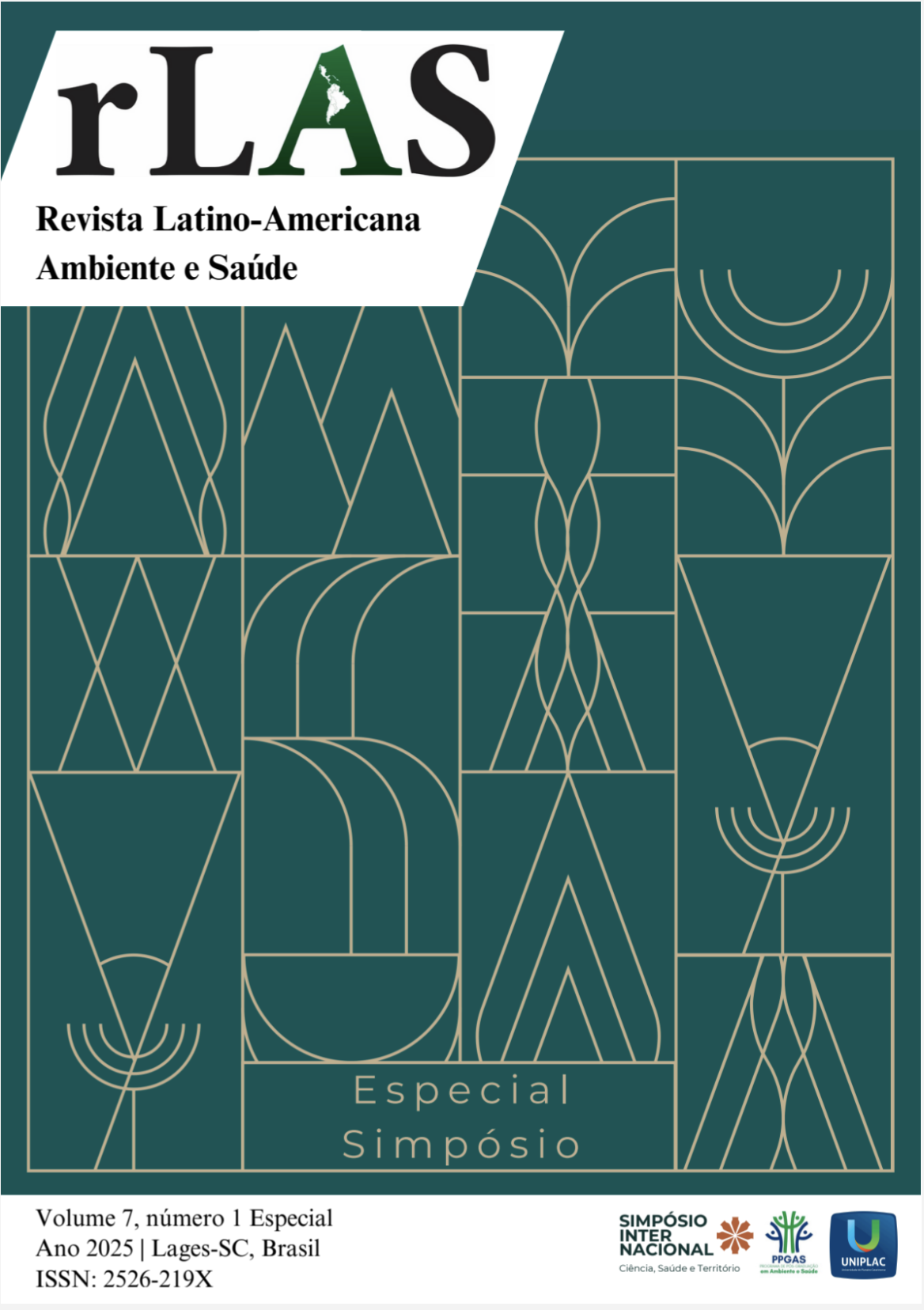Synthesis and characterization of nanozein with Tagetes minuta essential oil
Keywords:
nanoparticles, probe ultrasound, TurraxAbstract
The use of nanoparticles in the health care area has grown in recent years, with emphasis on applications in delivery systems, such as nanopharmaceuticals. This study aimed to synthesize and characterize zein nanocapsules containing Tagetes minuta, Asteraceae family, essential oil, using two encapsulation methods by nanoprecipitation: probe ultrasound and Turrax homogenizer. The nanocapsules were prepared by incorporating the essential oil into zein matrices, followed by analysis of the mean hydrodynamic diameter, polydispersity index (PDI) and zeta potential, by means of dynamic light scattering (DLS) spectroscopy in a NanoZetasizer analyzer. The formulations obtained with Turrax presented smaller particles (~209 nm) and lower zeta potential values (~11.5 mV), while probe ultrasound generated larger particles (~278 nm), with higher zeta potential (~14.5 mV). We conclude that the two methods generate nanostructured systems with distinct characteristics. Smaller particles obtained with Turrax tend to present lower electrokinetic stability, evidenced by the reduced zeta potential. Similarly, the ultrasound method demonstrated a higher PDI indicating greater size heterogeneity between particles than the method with a Turrax-type homogenizer. Therefore, the methods should be considered according to the objective of the formulation. If the aim is greater colloidal stability, ultrasound with a probe with a higher zeta potential is more suitable. However, if the objective is smaller particles, Turrax homogenizer is more suitable.
References
ASSIS, P. et al. Características de nanopartículas e potenciais aplicações em alimentos. Brazilian Journal of Food Technology, Campinas, v.15, n.2, p.99-109, 2012.
CHOUHAN, P. et al. Antimicrobial activity of some essential oils—present status and future perspectives. Medicines, v.4, n.58, p.1-21, 2017.
DA ROSA, C.G. et al. Development of poly (ethylene oxide) bioactive nanocomposite films functionalized with zein nanoparticles. Colloids and Surfaces A: Physicochemical and Engineering Aspects, v. 586, p. 124268, 2020.
GIARRATANA, P. et al. Activity of Tagetes minuta Linnaeus (Asteraceae) essential oil against L3 Anisakis larvae type 1. Asian Pacific Journal of Tropical Medicine, v.10, n. 5, p. 461-465, 2017.
NASCIMENTO, P. et al. Atividade antimicrobiana dos óleos essenciais: uma abordagem multifatorial dos métodos. Revista Brasileira de Farmacognosia, Brasil, v.17, n.1, p.108-113, 2007.
SANTOS, P. et al. Systematic review and technological overview of the antimicrobial activity of Tagetes minuta and future perspectives. Journal of Ethnopharmacology, v. 208, p. 8-15, 2017.
SARTOR, P. et al. Chemical composition and larvicidal activity of the essential oil of Tagetes minuta Linnaeus from the southern Brazilian highlands. Brazilian Journal of Pharmaceutical Sciences, v. 61, n. 24072, p. 1-10, 2025.
YOUSEFDOOST, P. et al. Evaluation of nano and microcapsules of silymarin in simulated gastrointestinal conditions for animal target delivery. Iranian Journal of Applied Animal Science, v. 9, n. 2, p. 247-255, 2019.


